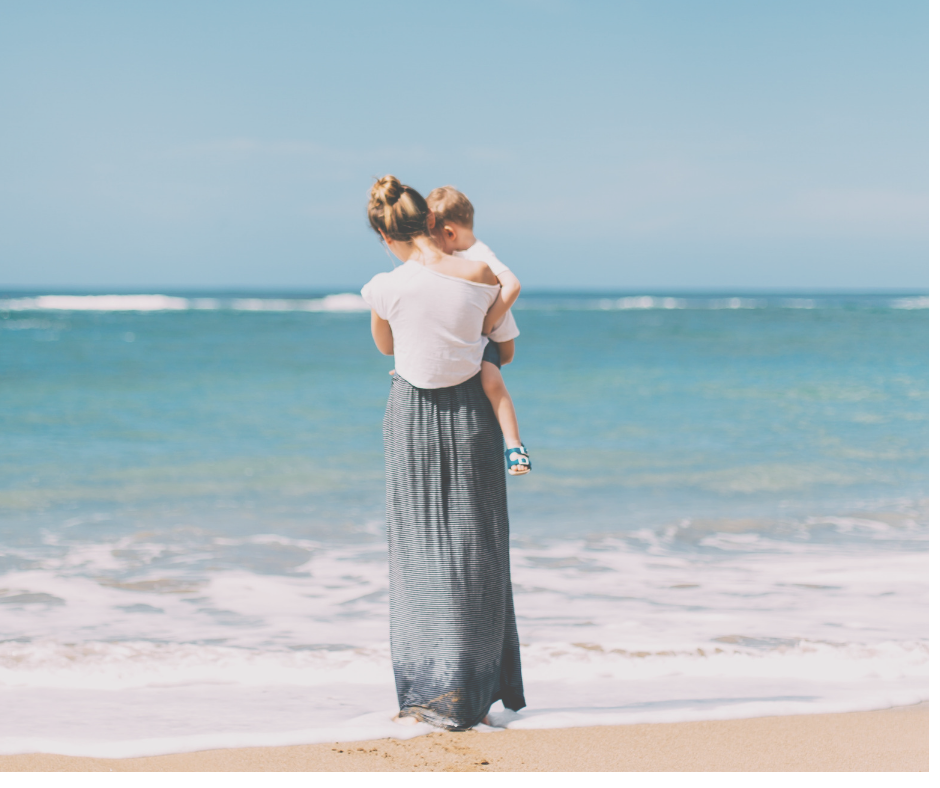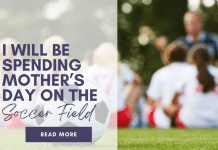
As mothers we try to be prepared for anything. We learn from a failed outing or public toddler meltdown when we just weren’t 100% on our game. Now we always have the extra diapers, a change of clothes, their favorite snack, and we would never ever forget that “lovey”. For our older kids we have the question check, “Have you used the bathroom? Have you eaten? Do you have your phone?” But what if something bigger than a diaper disaster or someone getting hangry happened? Would you know what to do?
Do you feel you would be prepared? Or, do you find yourself looking for help in others?
I was not so comfortable to act quickly when a car accident happened in front of me or when my youngest daughter did a pirouette into the edge of the bathtub. I was disappointed in myself as a role model to my girls in the backseat when I was relieved others took charge and able people stopped at the accident. When I had the same feeling of relief as my mom answered the phone after the bathtub dive that resulted in a GIANT shiner in less than 30 seconds, I realized this type-A, control freak, was wildly unprepared.
Enter my knowledge seeker, adventure-date loving husband. He told me about a course at his Gym he was considering and thought it may help with my newfound desire to be more comfortable with heart racing situations. The class was Basic Aid 101 and the theme was “be an asset, not a liability”. Exactly what I was looking for!
The instructor, a veteran medic for Williamson County, had outlaid an aggressive agenda with a calm, cool delivery.
In the first hour I had already made note of several things that made me more comfortable and confident.
#1: Calm anxiety in the situation by getting in the right mindset and establish rapport & trust. Mentally rehearse what you would do if you came upon an accident or if your child suffered an injury. This familiarity will keep you calm. Then establish rapport and trust simply by introducing yourself. With your own kiddos, a “momma’s here” has so much power. This simple gesture can disarm a stranger in an anxious situation and, with your own family it creates a sense of safety.
#2: Know you’re not going to get in trouble for helping. Good Samaritan laws offer legal protection to people who give reasonable assistance to those who are, or who they believe to be, injured, ill, in peril, or otherwise incapacitated.
#3: Be aware of your environment or surroundings. So often we mommy brain our usual routes to school, grocery store or to extra-curricular activities. We let Waze do all the guiding, but do you know the cross streets of some of your most traveled destinations? What about the soccer field # you’re or section of the greenbelt trail you’re on? Taking stock of these could be the added value of a few life-saving moments the EMS responder needs.
The course continued with the ABCs, not the ones Elmo is always singing about, but how you quickly assess Airway, Breathing and Circulation. Most importantly, where to check and how. Super simple but super useful in a variety of events, from the benign to the most extreme. It’s a skill you can practice at home on anyone. We got into ways to identify a stroke, no elderly family member will catch me off guard at Thanksgiving dinner! Recognizing a heart attack and knowing how they present differently in males and females. We got to practice the “recovery position” and learned that it works in all types of situations. It is also used by first responders to identify those that have been assessed and those still needing attention in the event there are multiple people injured.
We covered environmental aid for heat exhaustion (hello Texas Summer!) and frost bite (anyone up for Mt Everest?).
Did you know you have to cool a person quickly but warm a person slowly?
We discussed allergic reactions, covering OTC medications you can give safely and how to administer an epi pen (hint: the thigh). The instructor never lost our attention with anecdotes and interaction. And, as if we hadn’t learned enough already, we got some water emergency 101, key for any home pool owner.
We ended with a CPR refresher. Did you know that CPR administered at the time of an incident increases chance of survival by 45% (CPR.Heart.Org)!
CPR guidance has also changed since you were a babysitter or lifeguard. The focus now is on chest compressions delivered in rhythm. You can use the tune to Bee Gee’s “Staying Alive” or everyone’s favorite, “Baby Shark” and can purchase practice dummies on Amazon. They make for fun pranks when not in use too!
Thanks to Justin at Atomic Legion and his amazing, approachable class, I had gained a newfound piece of mind and comfort learning the basics and going from frantic liability to budding asset.









